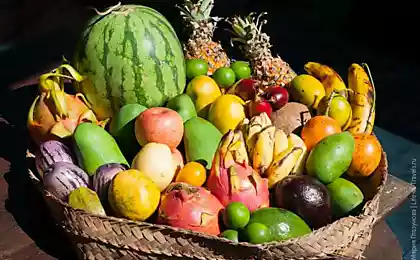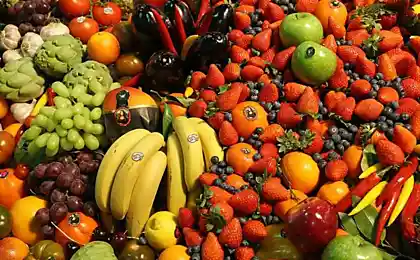1310
Unusual fruit
1. Lychee. Popular fruit in Southeast Asia. Litchi fruits are used in food as fresh, prepared from these various desserts (jellies, ice cream), make traditional Chinese wine. Canned lychee sugar without skin and seeds are exported to many countries, including us. (Jennifer Podis / The Palm Beach Post)
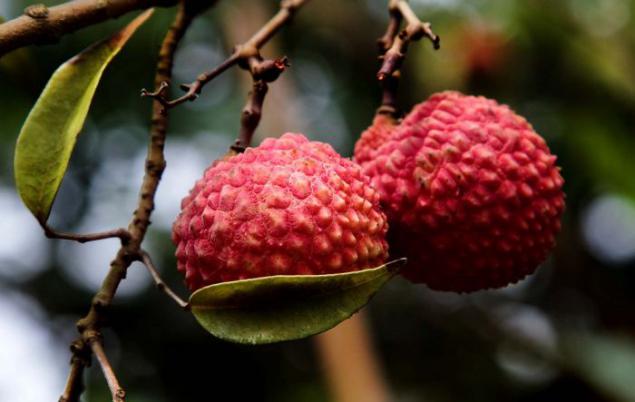
2. homeland Litchi - China. Locals eat it is already in the II century BC. e. (Jennifer Podis / The Palm Beach Post)
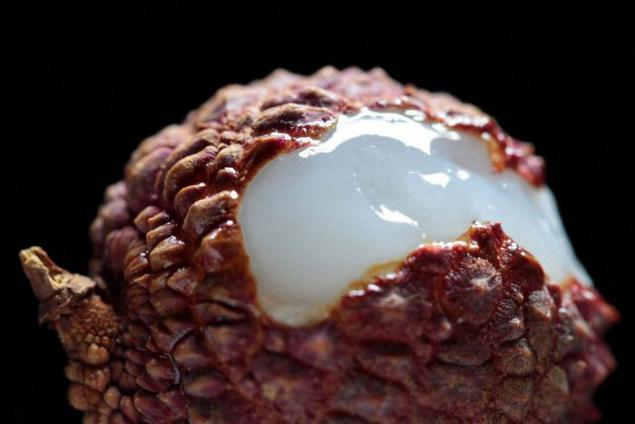
3. Tamarind. Flesh is used as a spice in Asian and Latin American cuisine. It is also an important ingredient in the popular UK Worcestershire sauce and fruit sauce HP. The flesh is green fruit is very sour taste and is used in cooking spicy dishes. Mature fruit is sweeter and can be used for desserts, drinks, snacks. (Jennifer Podis / The Palm Beach Post)

4. Homeland tamarind is East Africa, including the dry deciduous forests of Madagascar. In the wild it grows in the Sudan, but at the moment the plant is common in most of the tropical countries of Asia, where it fell due to the cultivation of even a few thousand years BC. In the XVI century, it introduced into Mexico and South America. (Jennifer Podis / The Palm Beach Post)
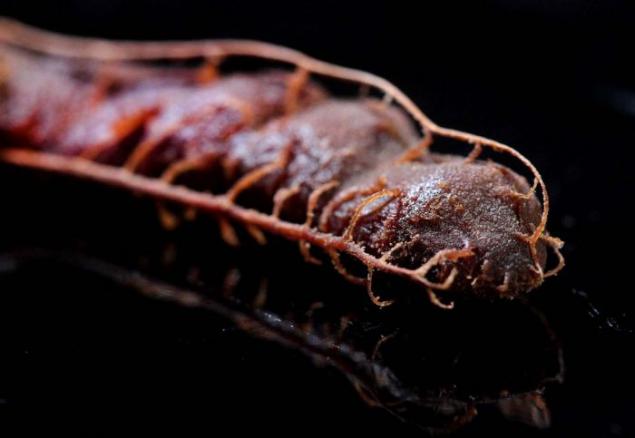
5. Psidium (Guava). Guava fruits are widely used in food (jelly, jams, juices), and the manufacture of alcoholic beverages. It is popular in North and South America, Asia, Oceania. (Jennifer Podis / The Palm Beach Post)
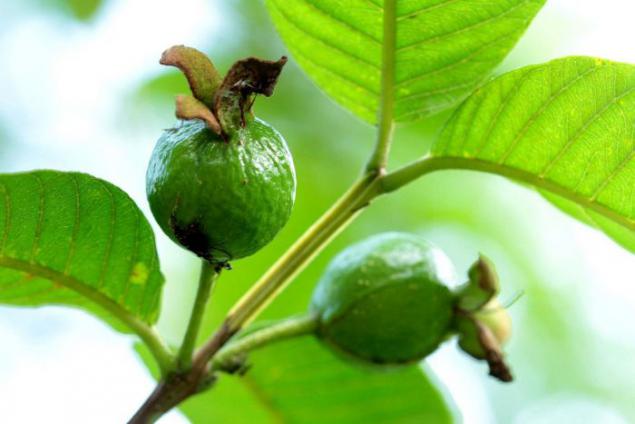
6. Homeland psidiuma - Western Hemisphere, from the tropical regions of Mexico to Peru, Bolivia, Venezuela. (Jennifer Podis / The Palm Beach Post)
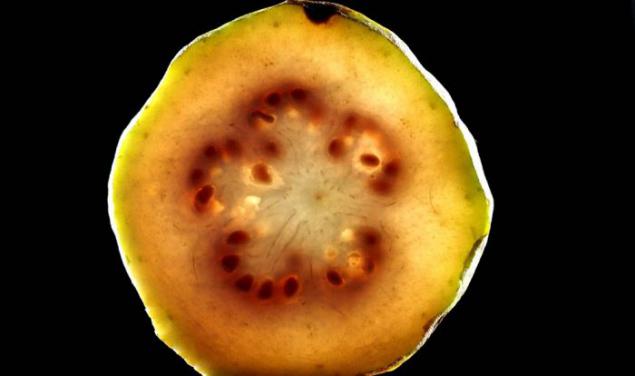
7. Pitaya (dragon fruit). To prepare it for consumption pitaya generally vertically cut into two halves. Can then either be cut into slices these halves (just as the cut melon) or bale pulp with a spoon. Although pitaya seeds rich in valuable lipids, they usually are not digested, unless they are chewed. Peel inedible, moreover, it may contain pesticides. (Jennifer Podis / The Palm Beach Post)
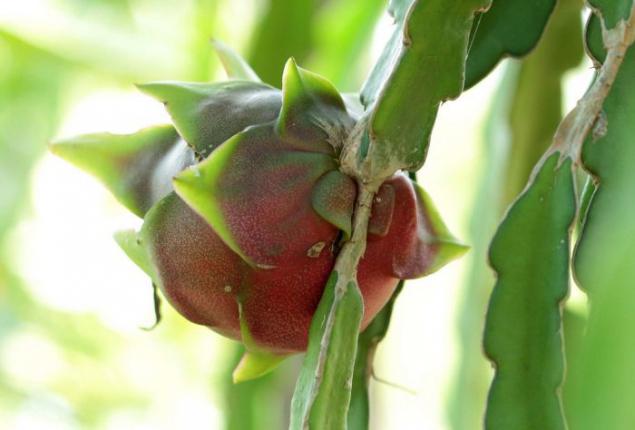
8. The plants whose fruit is known as pitaya, - curly lianoobraznye epiphytic cacti, common in Central and South America. Popular in the United States, Israel, Northern Australia. At present, these plants are also cultivated in several countries in South-East Asia - such as Sri Lanka, Thailand, Vietnam, Malaysia, the Philippines, China, Taiwan, Japan. (Jennifer Podis / The Palm Beach Post)
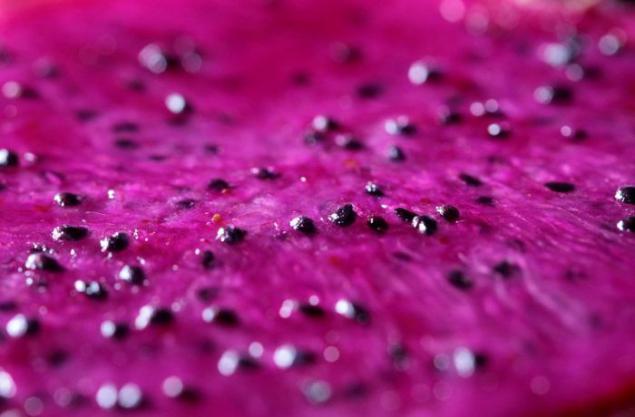
9. Passion fruit (Passiflora, peshnfrut, passion fruit). Sweet-sour passion fruit juice has a high toning properties (usually mixed with orange juice is added to yogurt and the like), and is also used in pharmaceutics and cosmetology. Plants passion fruit often grown for ornamental purposes. (Jennifer Podis / The Palm Beach Post)
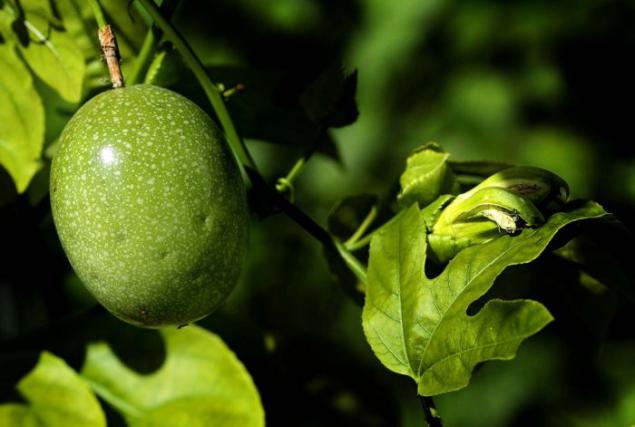
10. Passion fruit native to South America (Brazil, Argentina, Paraguay). Now it grows in Israel, the US, New Zealand, Macaronesia. (Jennifer Podis / The Palm Beach Post)
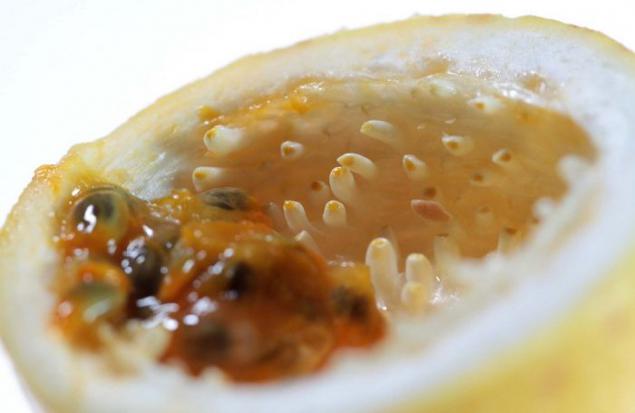
11. Jackfruit (fruit bread). This is the largest edible fruit growing on trees: a length of 20-90 cm and a diameter of 20 cm, they weigh up to 34 kg. Jackfruit is widely used in cooking. Immature fruits are prepared as vegetables - they are boiled, fried and stewed. Ripe fruits are eaten fresh, out of which make the salads and desserts. Fruits of jackfruit are very nutritious and contain about 40% carbohydrates (starch) - more than in the bread. Seeds also nutritious - they contain 38% carbohydrates, 6, 6 and 0% protein, 4% fat; they often roasted and eaten like chestnuts. Jackfruit wood is not damaged by termites and fungi and is used for buildings and furniture, musical instruments. Jackfruit is the national fruit of Bangladesh. (Jennifer Podis / The Palm Beach Post)
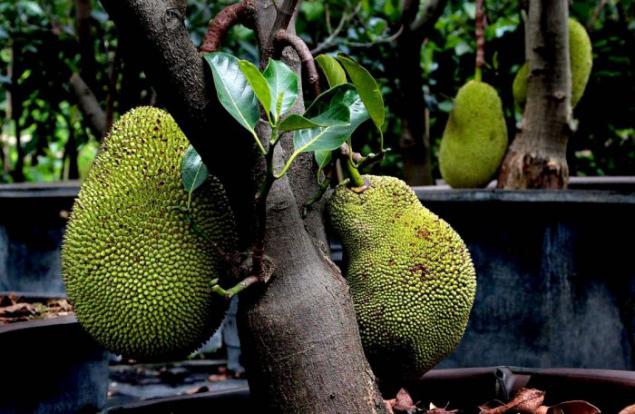
12. Homeland jackfruit believe India and Bangladesh. It has landing in East Africa (Kenya, Uganda), Southeast Asia (Malaysia, the Philippines). On the islands of Oceania, and in the tropics of the New World, in addition to the north of Brazil and Suriname, jackfruit is quite rare. In South India, it is comparable to the prevalence of mango and banana. (Jennifer Podis / The Palm Beach Post)
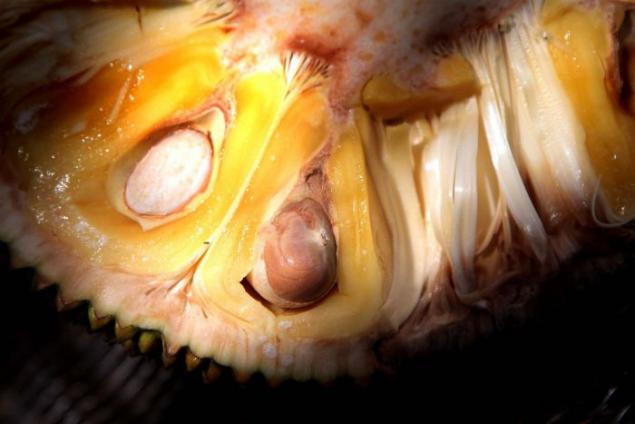
13. Acerola (Barbados cherry). The fruits of the Barbados cherry blossoms are edible fresh or dried form. They are often added to fruit salads. Among them are also made syrups, jams, jellies and other canned goods. These fruits are extremely rich in vitamin C: its content in the edible part of the fruit is from 1000 to 3300 mg per 100 g of weight, which in 15-100 times more than in oranges. Moreover, acerola contains pro-vitamin A, B vitamins, iron, calcium, phosphorus. Has antioxidant, tonic and restorative effect. (Jennifer Podis / The Palm Beach Post)

14. Motherland Barbados cherry - the Lesser Antilles, including the island of Barbados. The plant is cultivated in Cuba, Jamaica, the Bahamas, Bermuda, the Philippines, Central America, United States, Australia, Ghana. (Jennifer Podis / The Palm Beach Post)

15. Sapodilla (Chiku, Achra). Ripe fruits Sapodilla edible fresh. Their stewed with lime juice and ginger, put in pies, fermented into wine. Sapodillovoe tree grown for producing latex - latex. It produces a so-called chicle - base for chewing gum. Unripe fruits are rich in tannin and are used as a means to stop the diarrhea. (Jennifer Podis / The Palm Beach Post)
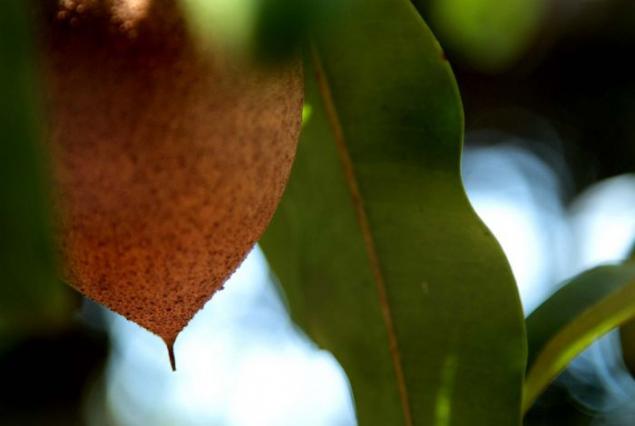
16. Homeland Sapodilla - southern Mexico. Currently, it cultivated throughout Central America, India, Indonesia, Malaysia, Sri Lanka, Philippines. (Jennifer Podis / The Palm Beach Post)

17. Papaya. Usually, it is eaten raw, without skin and seeds. Unripe fruit stew, as well as used in the preparation of curries and salads. In some countries, the papaya fruit baked in the fire, from which the fruit begins to come from the smell of bread. Papaya contains many enzyme called papain (a protease softening meat) and other proteins. Property papaya juice to destroy tough meat fibers are used in South America for thousands of years. (Jennifer Podis / The Palm Beach Post)
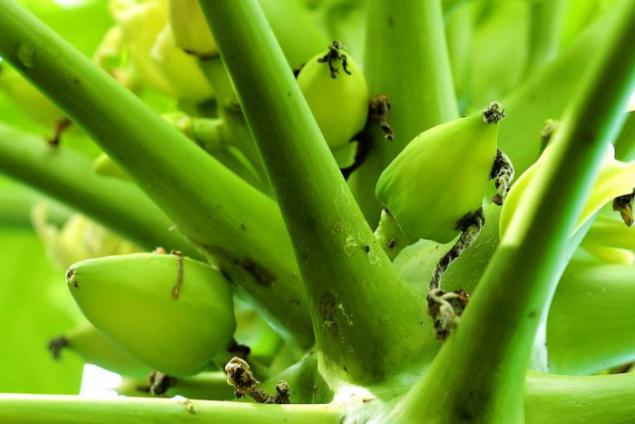
18. Homeland papaya, as well as the sapodilla, is a southern Mexico. She is now cultivated in all tropical countries. (Jennifer Podis / The Palm Beach Post)
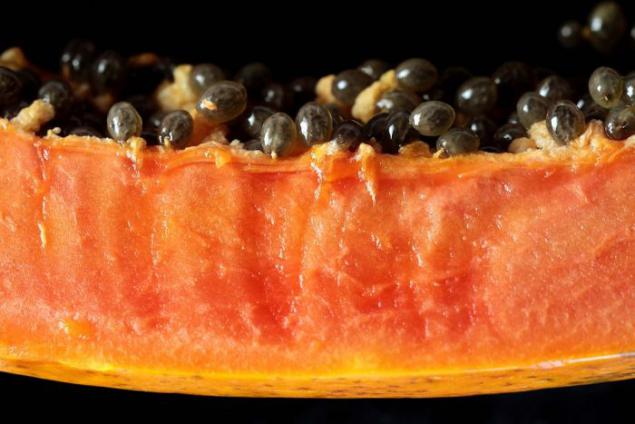
19. Purple spondias (spondias, Mexican plum). Fruits spondias eaten raw and used for canning. A decoction of the bark is used to treat diarrhea and flatulence. (Jennifer Podis / The Palm Beach Post)
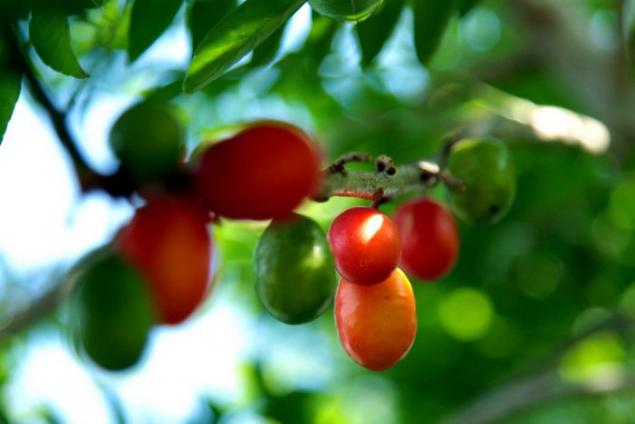
20. Purple spondias found in the wild and in cultured throughout Central America. Currently it cultivated in Venezuela, Nigeria and the Philippines. (Jennifer Podis / The Palm Beach Post)


2. homeland Litchi - China. Locals eat it is already in the II century BC. e. (Jennifer Podis / The Palm Beach Post)

3. Tamarind. Flesh is used as a spice in Asian and Latin American cuisine. It is also an important ingredient in the popular UK Worcestershire sauce and fruit sauce HP. The flesh is green fruit is very sour taste and is used in cooking spicy dishes. Mature fruit is sweeter and can be used for desserts, drinks, snacks. (Jennifer Podis / The Palm Beach Post)

4. Homeland tamarind is East Africa, including the dry deciduous forests of Madagascar. In the wild it grows in the Sudan, but at the moment the plant is common in most of the tropical countries of Asia, where it fell due to the cultivation of even a few thousand years BC. In the XVI century, it introduced into Mexico and South America. (Jennifer Podis / The Palm Beach Post)

5. Psidium (Guava). Guava fruits are widely used in food (jelly, jams, juices), and the manufacture of alcoholic beverages. It is popular in North and South America, Asia, Oceania. (Jennifer Podis / The Palm Beach Post)

6. Homeland psidiuma - Western Hemisphere, from the tropical regions of Mexico to Peru, Bolivia, Venezuela. (Jennifer Podis / The Palm Beach Post)

7. Pitaya (dragon fruit). To prepare it for consumption pitaya generally vertically cut into two halves. Can then either be cut into slices these halves (just as the cut melon) or bale pulp with a spoon. Although pitaya seeds rich in valuable lipids, they usually are not digested, unless they are chewed. Peel inedible, moreover, it may contain pesticides. (Jennifer Podis / The Palm Beach Post)

8. The plants whose fruit is known as pitaya, - curly lianoobraznye epiphytic cacti, common in Central and South America. Popular in the United States, Israel, Northern Australia. At present, these plants are also cultivated in several countries in South-East Asia - such as Sri Lanka, Thailand, Vietnam, Malaysia, the Philippines, China, Taiwan, Japan. (Jennifer Podis / The Palm Beach Post)

9. Passion fruit (Passiflora, peshnfrut, passion fruit). Sweet-sour passion fruit juice has a high toning properties (usually mixed with orange juice is added to yogurt and the like), and is also used in pharmaceutics and cosmetology. Plants passion fruit often grown for ornamental purposes. (Jennifer Podis / The Palm Beach Post)

10. Passion fruit native to South America (Brazil, Argentina, Paraguay). Now it grows in Israel, the US, New Zealand, Macaronesia. (Jennifer Podis / The Palm Beach Post)

11. Jackfruit (fruit bread). This is the largest edible fruit growing on trees: a length of 20-90 cm and a diameter of 20 cm, they weigh up to 34 kg. Jackfruit is widely used in cooking. Immature fruits are prepared as vegetables - they are boiled, fried and stewed. Ripe fruits are eaten fresh, out of which make the salads and desserts. Fruits of jackfruit are very nutritious and contain about 40% carbohydrates (starch) - more than in the bread. Seeds also nutritious - they contain 38% carbohydrates, 6, 6 and 0% protein, 4% fat; they often roasted and eaten like chestnuts. Jackfruit wood is not damaged by termites and fungi and is used for buildings and furniture, musical instruments. Jackfruit is the national fruit of Bangladesh. (Jennifer Podis / The Palm Beach Post)

12. Homeland jackfruit believe India and Bangladesh. It has landing in East Africa (Kenya, Uganda), Southeast Asia (Malaysia, the Philippines). On the islands of Oceania, and in the tropics of the New World, in addition to the north of Brazil and Suriname, jackfruit is quite rare. In South India, it is comparable to the prevalence of mango and banana. (Jennifer Podis / The Palm Beach Post)

13. Acerola (Barbados cherry). The fruits of the Barbados cherry blossoms are edible fresh or dried form. They are often added to fruit salads. Among them are also made syrups, jams, jellies and other canned goods. These fruits are extremely rich in vitamin C: its content in the edible part of the fruit is from 1000 to 3300 mg per 100 g of weight, which in 15-100 times more than in oranges. Moreover, acerola contains pro-vitamin A, B vitamins, iron, calcium, phosphorus. Has antioxidant, tonic and restorative effect. (Jennifer Podis / The Palm Beach Post)

14. Motherland Barbados cherry - the Lesser Antilles, including the island of Barbados. The plant is cultivated in Cuba, Jamaica, the Bahamas, Bermuda, the Philippines, Central America, United States, Australia, Ghana. (Jennifer Podis / The Palm Beach Post)

15. Sapodilla (Chiku, Achra). Ripe fruits Sapodilla edible fresh. Their stewed with lime juice and ginger, put in pies, fermented into wine. Sapodillovoe tree grown for producing latex - latex. It produces a so-called chicle - base for chewing gum. Unripe fruits are rich in tannin and are used as a means to stop the diarrhea. (Jennifer Podis / The Palm Beach Post)

16. Homeland Sapodilla - southern Mexico. Currently, it cultivated throughout Central America, India, Indonesia, Malaysia, Sri Lanka, Philippines. (Jennifer Podis / The Palm Beach Post)

17. Papaya. Usually, it is eaten raw, without skin and seeds. Unripe fruit stew, as well as used in the preparation of curries and salads. In some countries, the papaya fruit baked in the fire, from which the fruit begins to come from the smell of bread. Papaya contains many enzyme called papain (a protease softening meat) and other proteins. Property papaya juice to destroy tough meat fibers are used in South America for thousands of years. (Jennifer Podis / The Palm Beach Post)

18. Homeland papaya, as well as the sapodilla, is a southern Mexico. She is now cultivated in all tropical countries. (Jennifer Podis / The Palm Beach Post)

19. Purple spondias (spondias, Mexican plum). Fruits spondias eaten raw and used for canning. A decoction of the bark is used to treat diarrhea and flatulence. (Jennifer Podis / The Palm Beach Post)

20. Purple spondias found in the wild and in cultured throughout Central America. Currently it cultivated in Venezuela, Nigeria and the Philippines. (Jennifer Podis / The Palm Beach Post)








